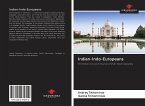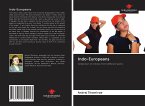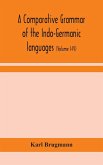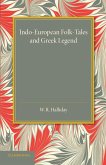The Ural Mountains are the border between Europe and Asia, orienting ourselves towards the Urals, we are becoming Eurasians as there is no division into "East" and "West". It is here that the most ancient communities were formed, which were later named Indo-Europeans, as well as other language families, in particular the Finno-Ugrian. Chronological stages of formation of the Indo-European community: 1. About 70 thousand years ago some natives of Africa lived in the area of North Pole, but in process of coming of glaciers (Valdai glaciation corresponds to Wurm, Vistula and Wisconsin) people began to retreat to the south; 2. From 70 to 11 thousand years ago, the period characterized by a general cooling, the continuation of the retreat of people from the north to the south of Eurasia; 3. From 11 to 10 thousand years ago, the period of the Holocene, the formation of the Indo-European community in the Southern Urals. The "Great Steppe", stretching between the South Urals, the Caspian Sea and the Aral Sea, becomes a place of migration of numerous peoples. The known Indian public figure Tilak proved, that the native land of Indians is Arctic, as in the most ancient Vedas the territory where half a year day, and half a year - night is described.








